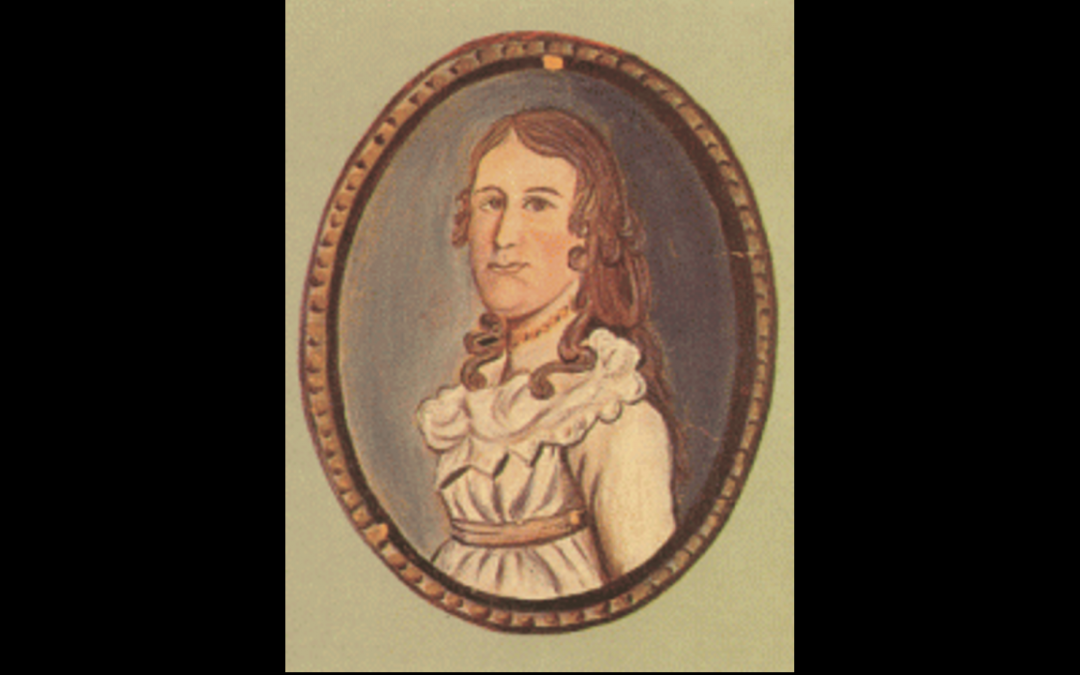by
_____
On this day in 1802, Deborah Sampson Gannett stepped onto to a stage in Boston and gave a speech that would go down in history — that is, should have gone down in history — if history had acknowledged her.
At the prestigious Federal-Street Theatre, she told her audience about how, disguised as a man, she was mustered into the Fourth Massachusetts Regiment of the Continental Army and fought in the Revolutionary War alongside her fellow soldiers.
Sampson’s speech that night, and the others she delivered as part of an East Coast speaking tour, made her the first professional female speaker in the U.S.
She told the audience about her remarkable gender-twisting exploits: how she’d cut her hair, bound her chest, and, dressed in men’s clothing, enlisted under the name “Robert Shurtliff.”
Deployed to New York’s Hudson Valley, she fought in several skirmishes and shed blood for her country-to-be.
For two centuries, Sampson’s extraordinary accomplishments were hardly known. . . . now we should all celebrate her.
Twice she was wounded — lacerated in the head, and shot in the leg twice with musket balls. One of the balls she extracted herself, the other was embedded in her leg the rest of her life.
Sampson’s disguise was revealed when she fell ill with fever and was treated at a hospital near Philadelphia. Honorably discharged, she wrangled with the new American government for a decade to receive her withheld salary and a full military pension. Finally she succeeded, with the help of her friend Paul Revere.
With her military career behind her, Sampson launched an equally extraordinary commercial venture — selling her story.
She wrote a book about her military service, The Female Review: or, Memoirs of an American Young Lady.
And she embarked on a year-long lecture tour. In the spring of 1802, Sampson performed four times in Boston, explaining to her audience why she had: “burst the tyrant bands, which held my sex in awe, and clandestinely, or by stealth, grasped an opportunity, which custom and the world seemed to deny, as a natural privilege.”
You can read her speech here, in the Speaking While Female Speech Bank.
I burst the tyrant bands, which held my sex in awe, and clandestinely, or by stealth, grasped an opportunity. . .
Sampson delivered her speech dressed as a woman. Then she disappeared behind the curtain and reappeared in a blue and white Continental Army uniform, with a musket, and ran through 27 gun maneuvers — the soldier’s “manual exercise of arms.”
Audiences went wild.
Over the next year, Sampson traveled by horse, by wagon, by cart, to perform on stage in a dozen cities, places like Northampton, Providence, Schenectady, and New York City, promoting her book and earning her living as a paid professional speaker.
Sampson died of yellow fever in 1827 and is buried in Sharon, Massachusetts — where she’s celebrated as a local hero.
For two centuries, Sampson’s extraordinary accomplishments were hardly known.
Historians overlooked her. Her remarks were not included in speech anthologies or history books.
Not until 1983 did she receive official recognition, when Massachusetts governor Michael Dukakis declared Deborah Sampson the “Official Heroine of the Commonwealth.”
During Women’s History Month, let’s celebrate her.
© Copyright 2021
________________________________
Want to talk? Reach me at dana@danarubin.com



